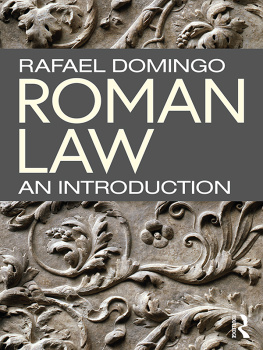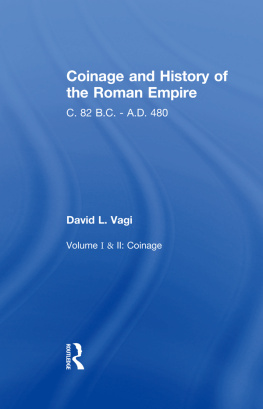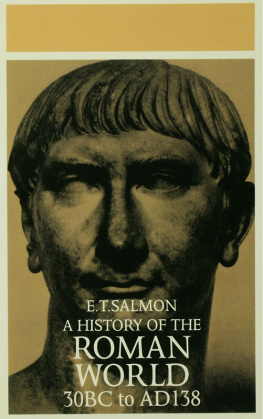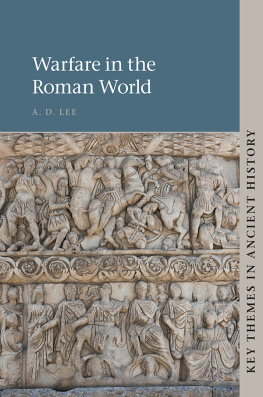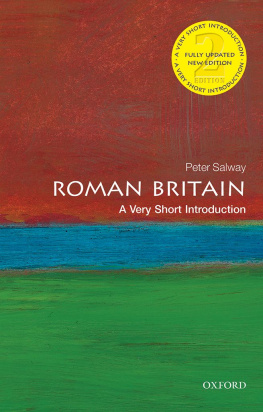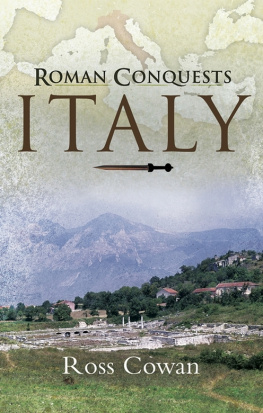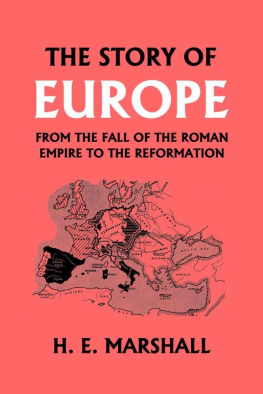1. The Historical and Constitutional Context of Roman Law: A Brief Overview
1.1 Divisions of Roman Constitutional and Legal History
The history of Roman law in antiquity spans a period of more than eleven centuries. Initially the law of a small rural community, then that of a powerful city-state, Roman law became in the course of time the law of a multinational empire that embraced a large part of the civilized world. During its long history Roman law progressed through a remarkable process of evolution. It advanced through different stages of development and underwent important transformations, both in substance and in scope, adapting to the changes in society, especially those derived from Romes expansion in the ancient world. During this long process the interaction between custom, enacted law and case law led to the formation of a highly sophisticated system, gradually developed from layers of different elements. But the great bulk of Roman law, especially Roman private law, was not a result of legislation but of jurisprudence. This unenacted law was not a confusing mass of shifting customs, but a steady tradition developed and transmitted by specialists, initially members of the Roman priestly class and later secular jurists. In the final phases of this process when law-making was increasingly centralized, jurisprudence together with statutory law was compiled and codified. The codification of the law both completed the development of Roman law and evolved as the means by which Roman law was subsequently transmitted to the modern world.
Roman history is traditionally divided into three major periods that correspond to Romes three successive systems of political organization: (1) the Monarchy, from the founding of Rome in the eighth century bc to 509 bc ; (2) the Republic, from 509 bc to 27 bc ; and (3) the Empire, from 27 bc to ad 565. The republican era is subdivided into two phases: the early Republic, from 509 bc to 287 bc , and the late Republic, from 287 bc to 27 bc . The imperial era is likewise subdivided into two parts: the early Empire or Principate, from 27 bc to ad 284, and the late Empire or Dominate, from ad 284 to ad 565. According to some Romanist scholars, Roman legal history follows these divisions as the various legal institutions adapted to the type of government in power.
Roman legal history may also be divided into periods by reference to the modes of law-making and the character and orientation of the legal institutions that prevailed in different epochs. In this respect, the following phases are distinguished: (1) the archaic period, from the formation of the city-state of Rome to the middle of the third century bc ; (2) the pre-classical period, from the middle of the third century bc to the early first century ad ; (3) the classical period, from the early first century ad to the middle of the third century ad ; and (4) the post-classical period, from the middle of the third century ad to the sixth century ad . The archaic period covers the Monarchy and the early Republic; the pre-classical period largely coincides with the later part of the Republic; the classical period covers most of the first part of the imperial era, known as the Principate; and the post-classical period embraces the final years of the Principate and the late Empire or Dominate, including the age of Justinian ( ad 527565).
Although the above divisions facilitate the study of Roman law, one must recall that Roman law evolved gradually and therefore no distinct lines separate the different stages of its development. The sources of law were, in varying degrees of strength from period to period, all present and in force at the same time, and in diverse ways qualified the influence of each other.
During the early archaic period, Roman society was governed by a body of customary norms with a largely religious character. Their formulation and articulation was mainly determined by the priestly college of the pontiffs. Only the pontiffs were acquainted with the technical forms employed in the typical transactions of private law and were entitled to offer authoritative advice on questions of law. Resembling the law of other primitive societies, the Roman law of the archaic period was characterized by its extremely formalistic nature. A legal transaction or procedure could not produce its desired effects unless it was performed in accordance with strictly prescribed rituals. A momentous event of this period was the codification of the customary norms that governed the life of the Roman citizens by the Law of the Twelve Tables, enacted around 450 bc . This law embodied the first written record of the rules and procedures for the attainment of justice and it entailed a new source of law, in addition to the unwritten customary law. In the years after the enactment of the Law of the Twelve Tables, legal development was based largely on the interpretation of its text, a task carried out by the pontiffs and, in later times, by secular jurists. Moreover, later in this period the office of praetor was introduced (367 bc )a new magistracy entrusted with the administration of the private law. In the course of time the praetors edict became one of the strongest formative forces in the development of Roman law, furnishing the basis for a distinct source of law known as ius praetorium or ius honorarium .
The legal history of the pre-classical period is marked by the emergence of the first secular jurists ( iurisconsulti or iurisprudentes ), who, like the pontiffs, were members of the Roman governing aristocracy. The main focus of their activities was presenting legal advice on difficult points of law to judicial magistrates, judges and parties at law, and the drafting of legal documents. Towards the end of this period the first systematic treatises on civil law emergeda development reflecting the influence of Greek philosophy and science on Roman legal thinking. The legal history of this period is marked also by the development of the ius honorarium , or magisterial law, as a distinct source of law. As noted, early Roman law was rigid, narrow in scope and resistant to change. As a result of the changes generated by Romes expansion, the Romans faced the problem of how to adjust their law to address the challenges created by the new social and economic conditions. In response to this problem the law-dispensing magistrates, and especially the praetors, were granted the power to mould the law in its application. Although the magistrates had no legislative authority, they extensively used their right to regulate legal process and thus in fact created a new body of law that was progressive, flexible and subject to continual change and development.
Roman law reached its full maturity in the classical period and this emanated mainly from the creative work of the jurists and their influence on the formulation and application of the law. From the early years of the Principate age the emperors customarily granted leading jurists the right to present opinions on questions of law ( ius respondendi ) and deliver them by the emperors authority. In the later half of the second century it was recognized that when there was accord between the opinions of the jurists who had been granted this right, these opinions operated as authoritative sources of law. Besides dealing with questions pertaining to the practical application of the law, the jurists were also engaged in teaching law and writing legal treatises. The main fabric of Roman law, as we know it today, was established upon the writings of the leading jurists from this period. During the same period, the resolutions of the senate and the decrees of the emperors came to be regarded as authoritative sources of law. On the other hand, the role of the magisterial law ( ius honorarium ) gradually declined as praetorian initiatives became increasingly rare. The final codification of the praetorian edict in ad 130 terminated the development of the ius honorarium as a distinct source of law.




